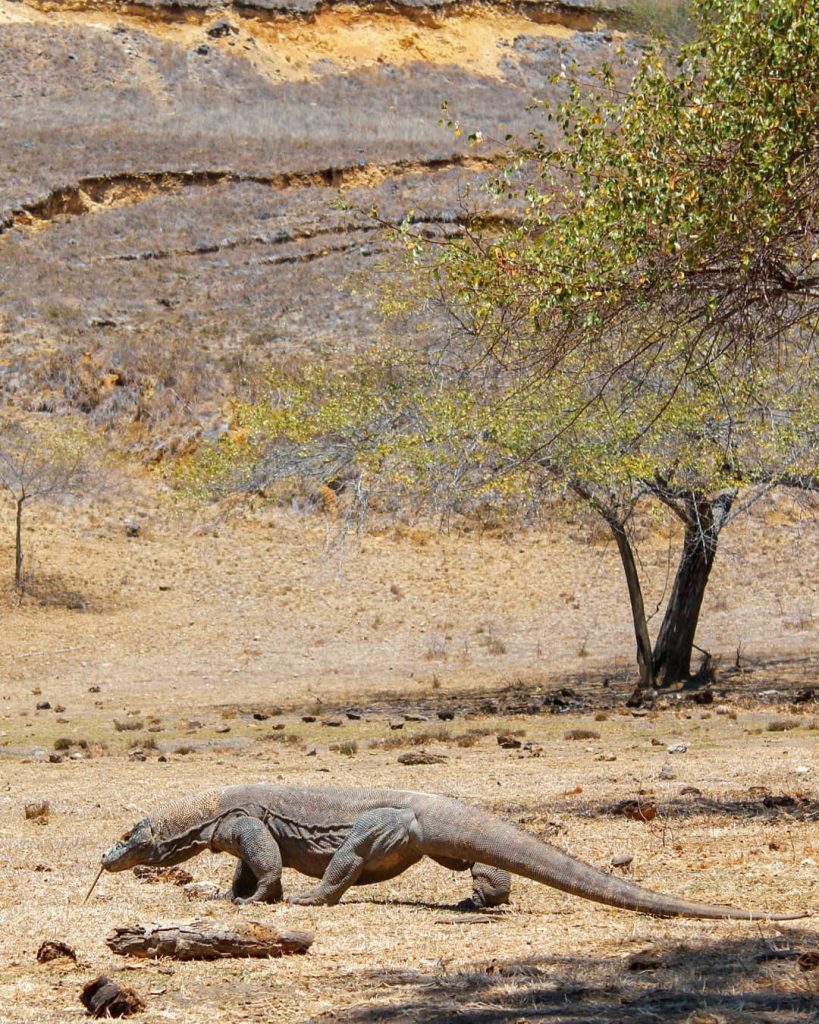Among any other pleasurable exotic destination, Komodo tour stands out by bringing out thrilling adventure in a remarkably outlandish terrain. It’s one kind of tour that will indulge you with raw beauty of nature, taking you to a land that was seemingly forgotten by the time; a land where the prehistoric Komodo Dragon are very much alive and creeping between the bushes.
Komodo National Park, where the dragons dwell, has become a new magnet for travelers who seek for exotic trip with a heavy dose of adrenaline rush. Dragon huntings, obviously, become the main highlight for most of the trip. They are absolutely prehistoric, carnivorous, the top predator of the food chain, and extremely dangerous. But there’s something about these giant lizard that keep luring travelers to their lair. And as they are quite famous to the world, many travelers has wrote about them which basic information that would be enough for preparing your own adventure. What we have for you below, however, might haven’t been heard before.

You Might Encounter the Baby Komodo
The Komodo you know (and the one you watch on Nat-Geo Wild) are probably the heavy, 2,6 meters long beast with scaly skin and long, forked tongue. That’s the adult Komodo who reign the Komodo Island—and the one that mostly feature wildlife magazine cover or showing up on screens. Baby Komodo and the juveniles are rarely featured because, well, they are living up on the trees to protect themselves from adult Komodo. You heard it right—Mummy and Daddy Komodo include the young dragons on their diet.
On your Komodo tour, however, you might encounter the young Komodo dragon. But you have to be quick to spot them, because they walk really fast before disappearing back under safe protection of the trees. Contrary to their adult version, baby Komodo are more vivid in color, showing off bright red copper, and much slimmer with noticeably long limbs. Baby Komodo dragons are such a rare sight to spot!
Komodo Don’t Build Their Nest; They Borrow the Maleo’s
We know that Komodo lays eggs, but do you know that they don’t dig their own nests? Instead of labouring themselves to create large holes in the earth, Mommy Komodo walks around Maleo birds’ territory to find Maleo’s nest and use them to put their nest. They definitely know the definition of “Work smarter, not harder.”
Have Trouble Spotting One on Komodo Tour? Head to the Nest
One thing you should know before heading to Flores is that Komodo tour doesn’t guarantees Komodo sighting. Sometimes, they are quite hard to found—especially during the mating season. Male Komodo usually prefer to hides in more remote area in hopes for finding the females, than wandering around the trekking trails. If you have Komodo sighting shortage, try to wait around the nests. There’s high chances of spotting female dragons around the nesting holes. Good news: when the females are pregnant or busy guarding the eggs, they would rather hesitant to attack you—so it’s quite safe to take pictures with her.